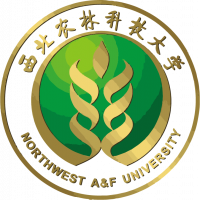Combining transcriptomics and metabolomics to reveal the underlying molecular mechanism of ergosterol biosynthesis during the fruiting process of Flammulina velutipes
2019
期刊
BMC Genomics
下载全文
- 卷 20
- 期 1
- Springer Science and Business Media LLC
- ISSN: 1471-2164
- DOI: 10.1186/s12864-019-6370-1
